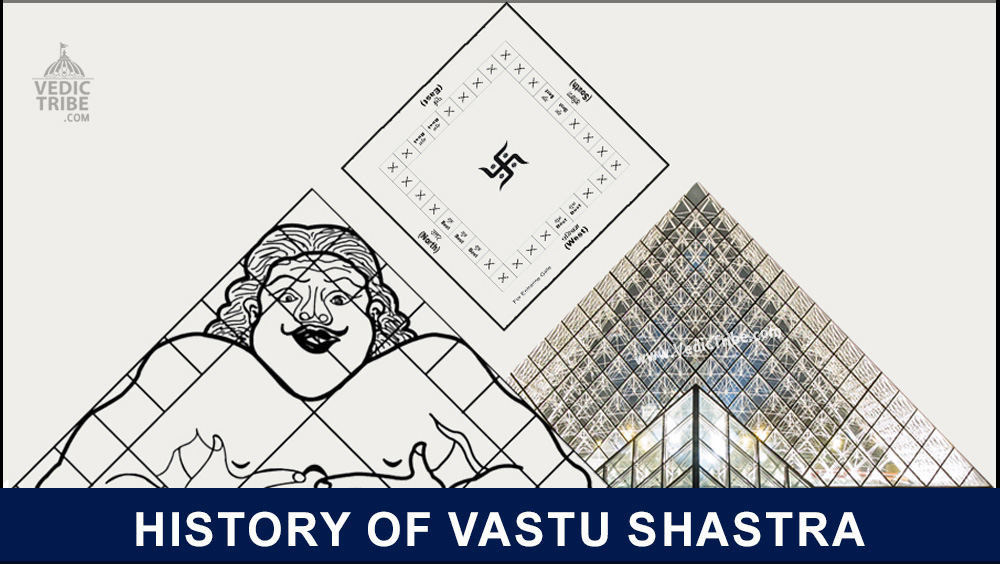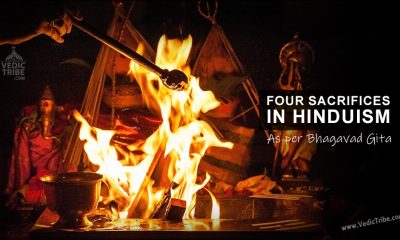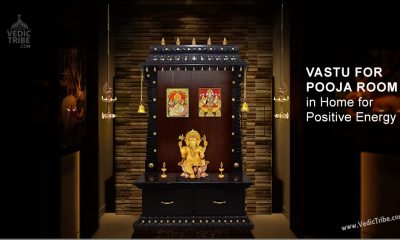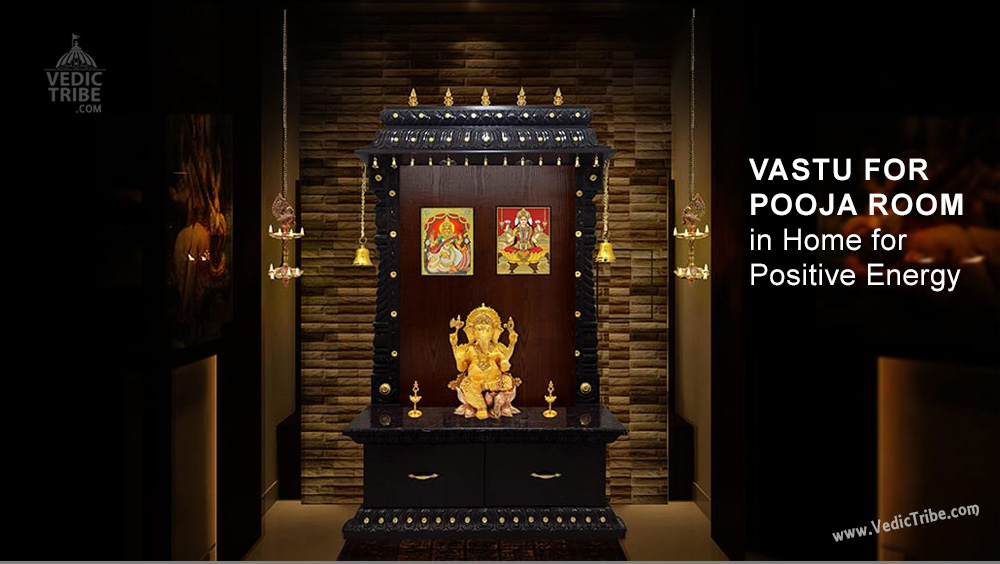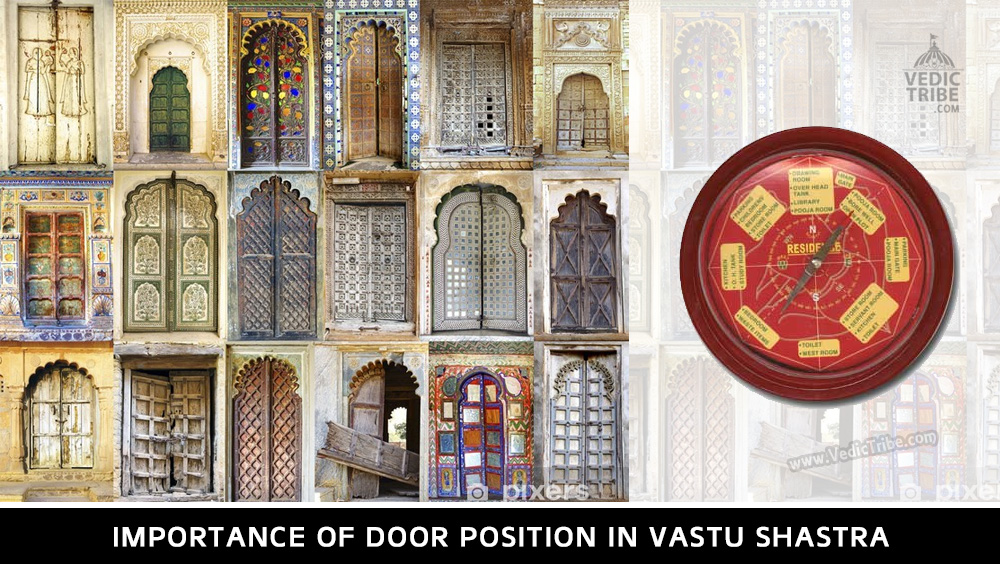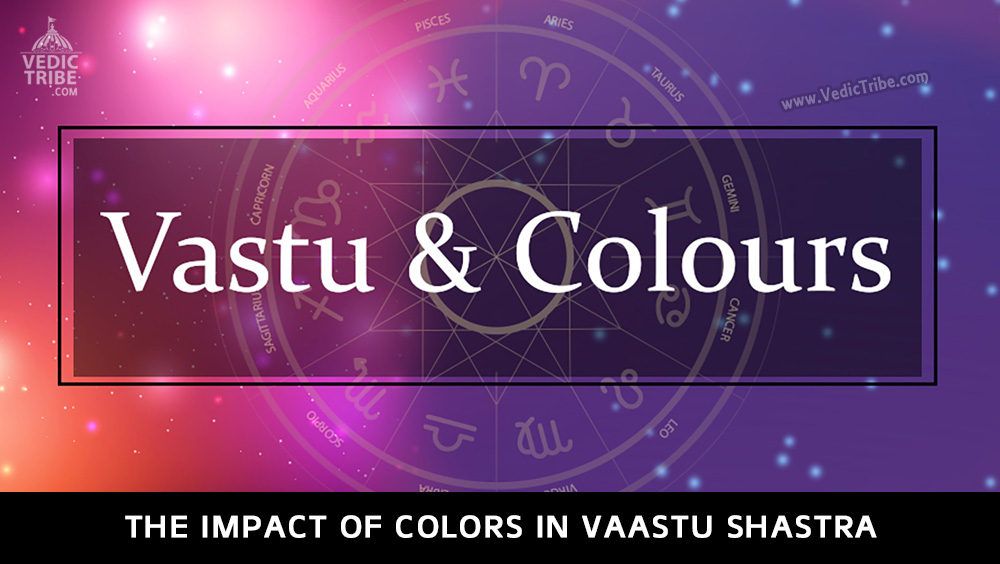First the length of the wall should be measured; its length should be divided into two equal parts. The door should be fixed a little bit nearer towards the northern side from the centre of the wall, as the southern side is not a prosperous one. Similarly the door should be fixed a little bit nearer towards the eastern side from the centre of the wall, as the western side is not a prosperous one.
All the doors fixed in the parallel walls should be in the same line.
Extended sides and diminished sides of sites and their consequences:
- A site which has its south-east and south-west sides extended yields bad results. People who live in such houses may become ill and may make enemies.
- If the south-east corner and the north-west corners are extended, the dwellers will face many negative consequences such as fire related accidents, thefts or debts etc.
- If the south-east and the north-east corners are extended, they may have to spend huge sums of money and incur losses.
- A site that has its sides extended on the north-east and the south-west may lead to mental agony and spending huge amounts of money.
- A site that has its sides extended on the north-east and north-west may yield to good results such as enhancement of riches, but often result in family disputes etc.
- A site that has its north-eastern slightly extended than its south-east may prosper well in life but this growth on the north should be very limited.
- If the north-east side of a site gets extended than its north-west, the dwellers of the house prosper and they become politically shrewd.
- If the south-west and the north-west sides are extended, the dwellers are prone to many problems, diseases, imprisonment etc.
Vastu Doors: Places of the Doors and Windows
A house can have the doors on all sides. A house needs doors, windows, shelves and ventilators. These things should be in even number. The house-owner should avoid round figures having a zero such as the numbers 10, 20, 30 etc. The door is to be kept opposite to another door. A house should not have three doors. The south-western side of the house is considered to be the mean sides and the north and the eastern sides are considered to be the good sides.
Each room should have the doors on Eastern and Northern sides. To fix the doors, wo have to measure the length of the wall and note the Centro of the wall and fix the door. Each room has two sides mean side and good side. Here is an example:
Big doors and big windows are to be fixed on the southern and western sides.
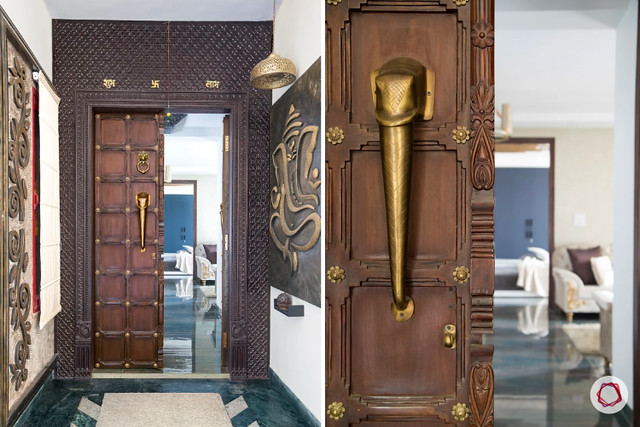
Small doors and small windows arc to be fixed on the eastern and the northern sides. The level under the threshold on the southern and the western sides should be over and above that of the eastern and northern sides. The level of the floor inside the rooms should be comparatively low and water should go out through the north-east corner. While fixing the doors and windows, we have to take necessary/ precautions so that the edges of the walls of the other houses and the roofs of the thatched and tiled houses should not be in their direction. Doors should not be fixed so that they face the roads coming in opposite direction. If the roads come in opposite direction and face the door, the house may yield to negative results.
Eastern Simhadwara (Main Door) in Vastu Shastra
The house which has its main door on the eastern side is the house with eastern simhadwara (the main door).
Such a house should have minimum possible extent of site on its southern and western sides. The house may have its verandahs on south and west. There should be adequate height on the southern and the western sides. The level should be comparatively lower its eastern and northern sides.
The water-level should be lower on the eastern and the northern sides. The owner should have verandahs on the north and the east. The eastern verandah should be lower in height.
The house with eastern simhadwara should have its staircase on the south-east or the south-west Or the north-west corner. It should not be on the north- east corner.
Southern Simhadwara (Main Door) in Vastu Shastra
The house that has its simhadwara on its southern side is a house with southern simhadwara.
Such a house is to be built leaving the minimum extent of site on its southern side and leaving so many sites on the northern side. It is better to have verandahs on its northern side. The movement of water inside the house should lead to its north-eastern corner, if the house has so much of site on the north, it yields good results and the family prospers. The staircase again should be on the south-east corner or on the south-west corner or on the north-west corner also.
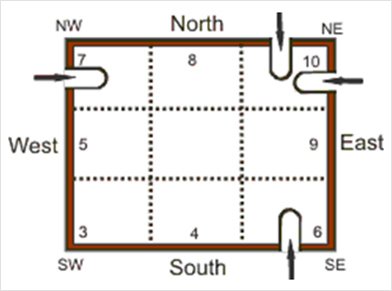
Western Simhadwara (Main Door) in Vastu Shastra
The house that has its main door on the western side is the house with the western simhadwara. To build such a house, we should not leave much space-on the western side. If the owner leaves- much space-on the western side, he may incur huge financial losses, he may undergo mental agony etc. He may face the danger of becoming iH and may die a premature death The water level inside the house should point to the north-east corner. The owner should leave space to the maximum extent possible in north and east. The stair-case may be on the southern or the western side.
North Simliadwara (Main Door) in Vastu Shastra
The house which has its simhadwara on its northern side is the house with north simhadwara.
To build such a house, the owner should not leave much space on the western and the southern sides. He should leave the space to the maximum extent possible on the north. He can have verandahs on the northern side. The water flow should lead to the north-east corner. The house should not completely be closed on its northern side. There may be so much of open space on the eastern side of the house. The stair case should be on the south west or on the north-west.
South-East Cornered Simhadwara in Vastu Shastra
Some people build houses keeping the main door on the south-east corner of the house. In such cases, the dwellers of the house are prone to several troubles including huge financial losses, fire accidents, thefts etc, They may take to gambling, prostitution etc.

